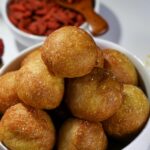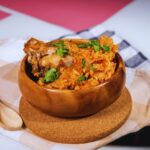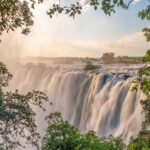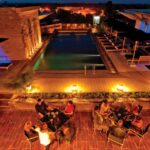There’s something magnetic about Freetown, Sierra Leone’s sunlit capital, a city where freedom, history, and rhythm come alive.
It is situated on the Atlantic coast and has a vibe that is both raw and deeply human. It combines the soul of Africa with the charm of the Caribbean. Its story began in 1792 as a bold experiment in liberty that still defines the city today.
You’ll feel that legacy in the laughter echoing through its hills, the scent of grilled fish along Lumley Beach, and the beat of drums that rolls through its neighborhoods at sunset.
The city moves at its own pace, vibrant, unpredictable, and full of heart.
Freetown isn’t just a place to visit; it’s a place to feel. It’s a cultural journey, a coastal retreat, and a reminder of the power of resilience and freedom.
Old Freetown
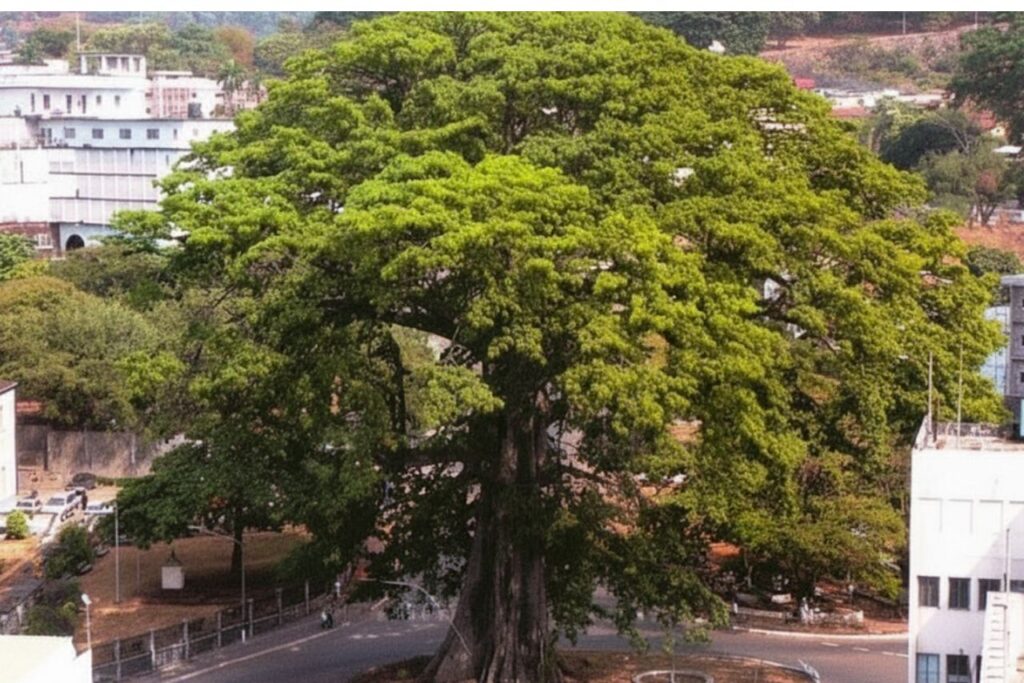

Photo Source: english.news & amusingplanet
At the heart of that story lies Old Freetown, the birthplace of Sierra Leone’s freedom.
Founded in 1792 by freed African Americans and formerly enslaved people from the Caribbean, it became one of the first settlements of liberated Africans on the continent.
Walking through its streets, you’re not just sightseeing; you’re retracing the steps of those who turned survival into strength.
The Cotton Tree, which stood for more than 400 years until it fell during a storm in 2023, remains one of Sierra Leone’s most beloved symbols.
It is a living witness to the settlers’ first prayer of gratitude and a timeless link between Freetown’s storied past and its vibrant present.
National Museum of Sierra Leone

A few blocks away, the National Museum of Sierra Leone deepens this sense of connection.
Inside, traditional masks, carvings, and colonial-era photographs tell the story of Sierra Leone’s diverse heritage, from its pre-colonial kingdoms to its journey toward independence.
It’s one of the most insightful places to visit in Freetown if you want to understand the country beyond its beaches.
Step outside and stroll down Siaka Stevens Street or Kroo Town Road, where you’ll see old wooden houses built by freed settlers standing beside lively markets and taxis, living proof that Freetown’s history still breathes through its streets.
Bunce Island

Photo source: bigworldsmallpockets
From the harbor, you can take a short boat ride to Bunce Island, one of the most emotional Freetown attractions.
Once a British slave trading post in the 17th and 18th centuries, the island now stands as a haunting memorial to the transatlantic slave trade.
Its moss-covered ruins and quiet courtyards tell stories of pain and endurance.
Guided tours, usually around $30–$40 (including ferry), turn this trip into a moving journey through time.
It’s not just a day trip, it’s a reminder of the human spirit that defines Sierra Leone’s strength.
READ ALSO: São Tomé and Príncipe Travel Guide: The Secret Island Paradise of West Africa
Other Historical Landmarks
Cline Town and Kroo Bay
Back on the mainland, the city’s architecture continues the story.
In Cline Town and Kroo Bay, you’ll find wooden houses and stone churches built by freed slaves who returned from the Americas.
Landmarks like St. George’s Cathedral (built in 1828) and St. John’s Maroon Church still stand tall, reflecting a mix of African resilience and European influence.
Wandering here feels like flipping through a living museum, where every building carries whispers of the past.
Sierra Leone National Railway Museum
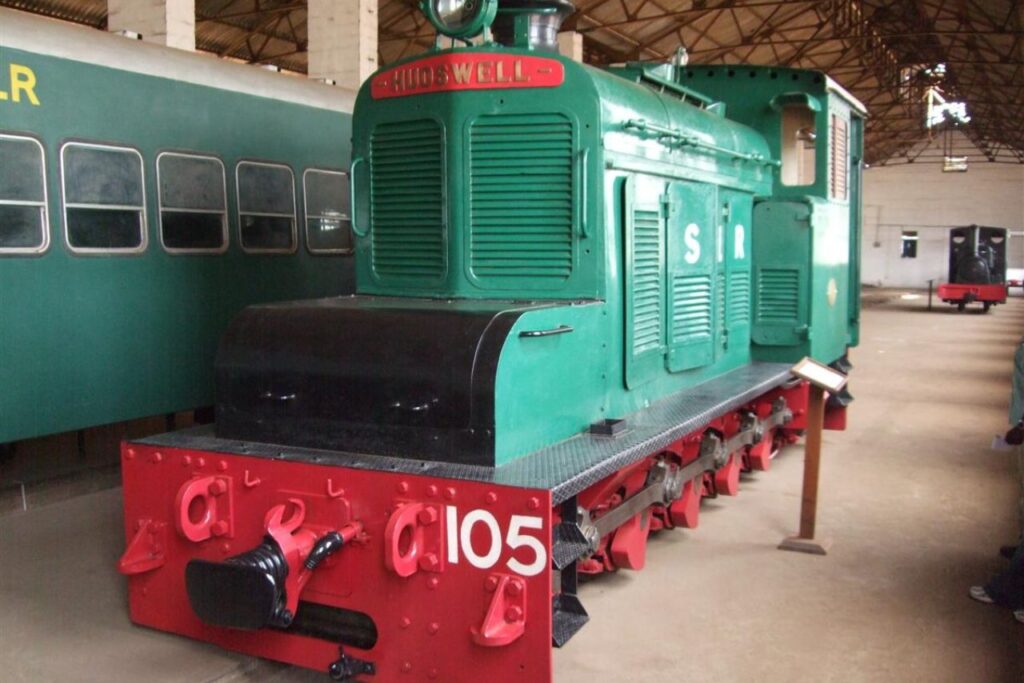
Photo source: Wikipedia
For something different yet equally historical, head to the Sierra Leone National Railway Museum, also in Cline Town.
Tucked inside the original engine shed, it showcases restored steam locomotives and carriages, including one made for Queen Elizabeth II’s visit.
The guided tour walks you through how the railways once connected Sierra Leone from coast to inland towns, a rare glimpse into the country’s industrial heritage.
It’s one of those lesser-known things to do in Freetown that surprises visitors with its charm.
Fourah Bay College
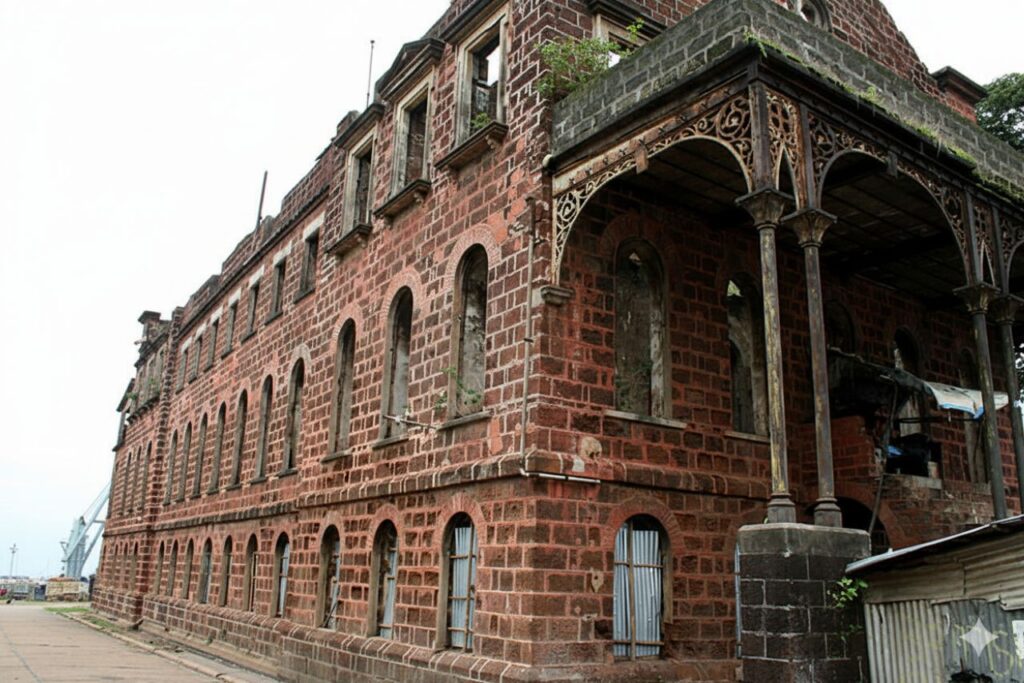
Photo source: visitsierraleone
Perched on a hill above the city, Fourah Bay College (founded in 1827) adds another layer to the story.
Once known as the “Athens of West Africa,” it was among the first Western-style universities on the continent and became a hub for scholars across the region.
Its historic buildings and panoramic views of the Atlantic make it both an academic and scenic landmark.
King’s Yard Gate (Connaught Hospital)

Not far away, a quiet yet powerful site awaits: King’s Yard Gate, now known as Connaught Hospital.
This was where freed Africans rescued from slave ships were once brought for medical care before being welcomed into the new colony.
Today, a small plaque marks the spot, a subtle reminder of compassion amid chaos.
READ ALSO: Dakar City Guide (Senegal): Culture, Music, and Island Escapes
Taste of Freetown: Food, Rice & Local Flavors
In Sierra Leone, rice is more than food; it’s identity.
Locals often say, “If there’s no rice, you haven’t eaten.”
Every meal revolves around it, and each bite tells a story of comfort and culture.
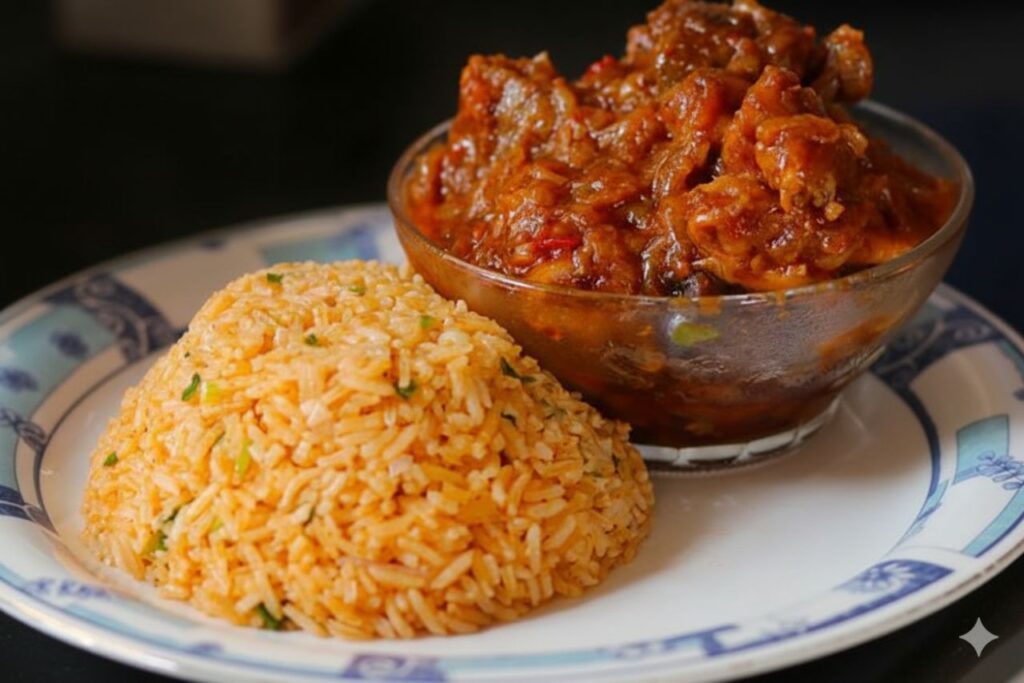

Popular Sierra Leonean Dishes to Try in Freetown
- Cassava Leaf Stew (Plasa): Rich, green, and cooked with coconut oil, butter beans, peanut butter, and okra (a national favorite).
- Jollof Rice: A West African classic, bright and flavorful, served with fried chicken or fish.
- Groundnut Stew: Creamy and spicy, made with peanut sauce and best paired with rice.
- Mokor: Sweet and savory green banana fritters, perfect for street snacking.
- Granat Cake: Crunchy peanut brittle that satisfies every sweet tooth.
- Cava Bread: Soft, filling, and often sold by street vendors near the beach.
- Leaf-Wrapped Snacks: Try oleleh or agidi, steamed in banana leaves; delicious, simple, and authentic.
For a true local experience, stop by Co Street, a favorite among residents and travelers.
Meals cost around $8–$15, and each plate comes with something money can’t buy: Sierra Leonean warmth.
Every bite brings you closer to understanding why Sierra Leone’s cuisine is one of West Africa’s best-kept secrets.
Expect laughter, music, and food that feels like home.
Bustling Markets & Street Food Energy
To taste the heart of Freetown’s street food culture, wander through King Jimmy Market or Sani Abacha Street Market.
Here, the chaos is alive with rhythm, vendors balancing coconuts, stacks of fresh fruits, and the smell of pepper sauce filling the air.
Grab a cup of homemade ginger beer or a handful of fried cassava balls as you explore.
These markets are not just about buying food, they’re about feeling the pulse of local life.
READ ALSO: Cape Verde Islands Guide: Best Beaches, Hiking, and Where to Stay
The Islands of Freetown
If Freetown’s history moves you, its coastline will steal your heart.
Just off the city’s shores lie the Banana Islands, Bunce Island, and Tasso Island, three of Sierra Leone’s most beautiful and culturally rich destinations.
Known for their biodiversity, beaches, and heritage, these islands invite travelers to explore the soul of the country from sea to shore.
Banana Islands
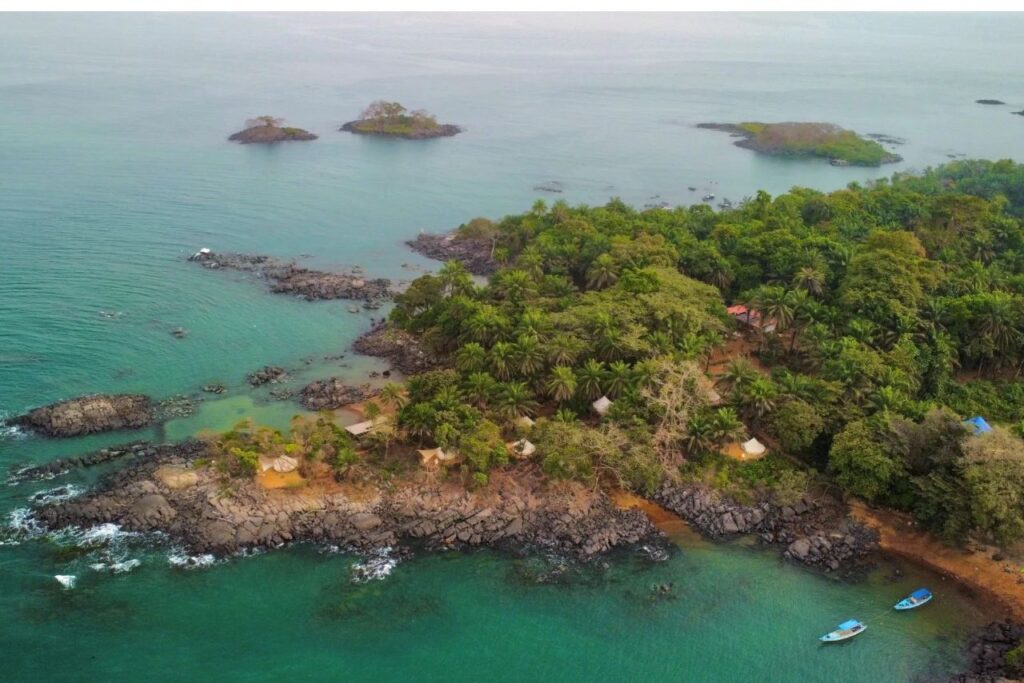
Photo source: tourismsierraleone
A short boat ride from Kent Village (the main departure point for boats going to the Banana Islands) takes you to the Banana Islands: Dublin, Ricketts, and Mes-Meheux.
Here, palm trees lean over turquoise waters, fishermen paddle by with the day’s catch, and the air feels untouched by time.
Go snorkeling, kayaking, or diving, or unwind with grilled lobster and a cold drink.
Stay at Bafa Resort or a local eco-lodge, where ocean views and fresh seafood dinners come standard.
Banana Islands tours cost around $25–$40, including transport and a meal, an ideal escape from Freetown’s buzz.
Tasso Island
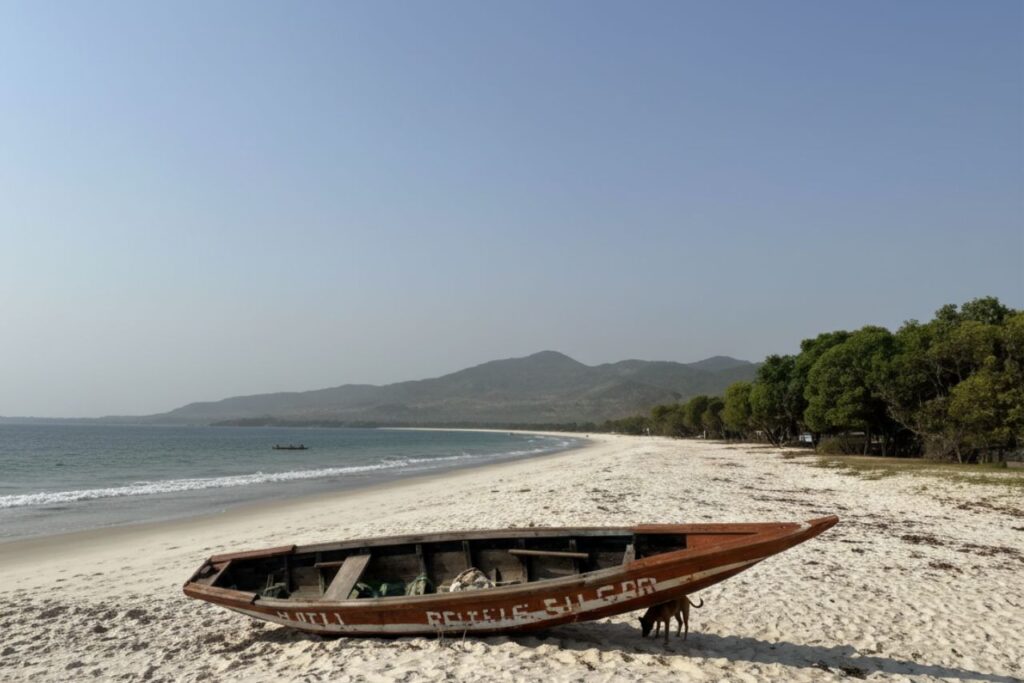
Photo source: tourismsierraleone
A short distance away lies Tasso Island, a peaceful retreat known for its mangroves, birdlife, and eco-friendly lodges.
It’s also home to a welcoming fishing community where you can enjoy fresh seafood and learn about local island traditions.
Many travelers combine Tasso and Bunce Islands in a single day trip for the perfect mix of history and relaxation.
Freetown Peninsula Beaches
Closer to the city, the Freetown Peninsula unfolds in golden stretches that could rival the Caribbean.
Start at Lumley Beach, the city’s lively heart, then wander to Aberdeen for boutique stays and seaside dining.
For quiet charm, Lakka Beach offers grilled barracuda, calm waters, and green hill views.
Beyond the City
Further down the coast, River No. 2 Beach, Tokeh, and Bureh Beach promise postcard-perfect scenery.
Swim, surf, or simply rest, each spot feels like a small paradise where the ocean tells its own story.
Wildlife & Local Encounters
Tacugama Chimpanzee Sanctuary
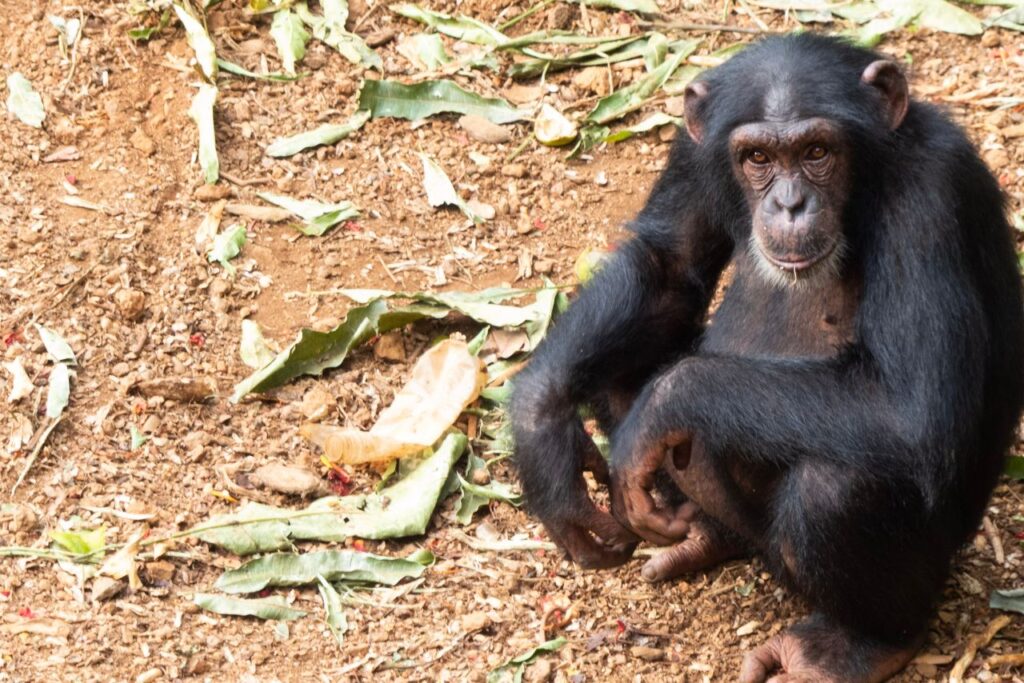
Just a short drive from the city, the Tacugama Chimpanzee Sanctuary is home to over 100 rescued chimps living in a protected forest.
Guided tours ($10) teach visitors about conservation and Sierra Leone’s wildlife efforts.
You can even stay overnight in their eco-lodges starting around $90 per night. It’s peaceful, green, and full of heart.
Boma Community Village
For a true cultural connection, visit Boma Community Village, where you can meet a female village chief, take part in rice farming, or enjoy traditional dancing by firelight.
These visits are arranged through small local organizations and directly support community development.
Leicester Peak
For breathtaking views of Freetown, head up Leicester Peak.
From the top, the city spreads out below, framed by the sea and mountains.
It’s a favorite spot for sunset photos, and motorbike taxis can take you up for about $5.
Shopping and Souvenirs
Before you leave, stop by Big Market in central Freetown.
You’ll find handmade wooden masks, woven baskets, and colorful African fabrics.
Bargaining is part of the fun, just smile and be friendly.
For beachside souvenirs, Lakka Beach Craft Market sells locally carved art and batik textiles that make meaningful gifts.
READ ALSO: Banjul Travel Guide: Exploring The Gambia Beyond the Beaches
Where to Stay in Freetown
Freetown’s accommodation fits every budget.
- Radisson Blu Mammy Yoko Hotel – Luxury by the ocean, rooms from $130.
- Home Suites Boutique Hotel – Mid-range comfort, rooms from $190.
- New Brookfields Hotel – Great value, rooms from $120.
- The Swiss Hotel Freetown – From $105.
Each place offers Sierra Leone’s signature hospitality, genuine, warm, and welcoming.
Getting Around
Getting around Freetown is easy once you get the rhythm.
Okadas (motorbikes) and kekes (tricycles) are quick and affordable for short trips.
Shared taxis are common, and you can hire a private driver for a full day.
Carry cash, as most local spots don’t take cards yet.
Final Thoughts
Visiting Freetown is an experience you won’t forget in a hurry. It has a way of changing how you see the world.
It’s not loud about its beauty; it reveals it slowly, through its people, its rhythm, and the quiet confidence of a place that has seen everything yet still smiles.
You come here expecting a trip, but you leave with a story, one that stays long after you’ve left its shores.
So if you’ve been dreaming of a place that feels alive, book that ticket to Freetown. Your next adventure begins in Sierra Leone, go wander its shores and feel free again.


